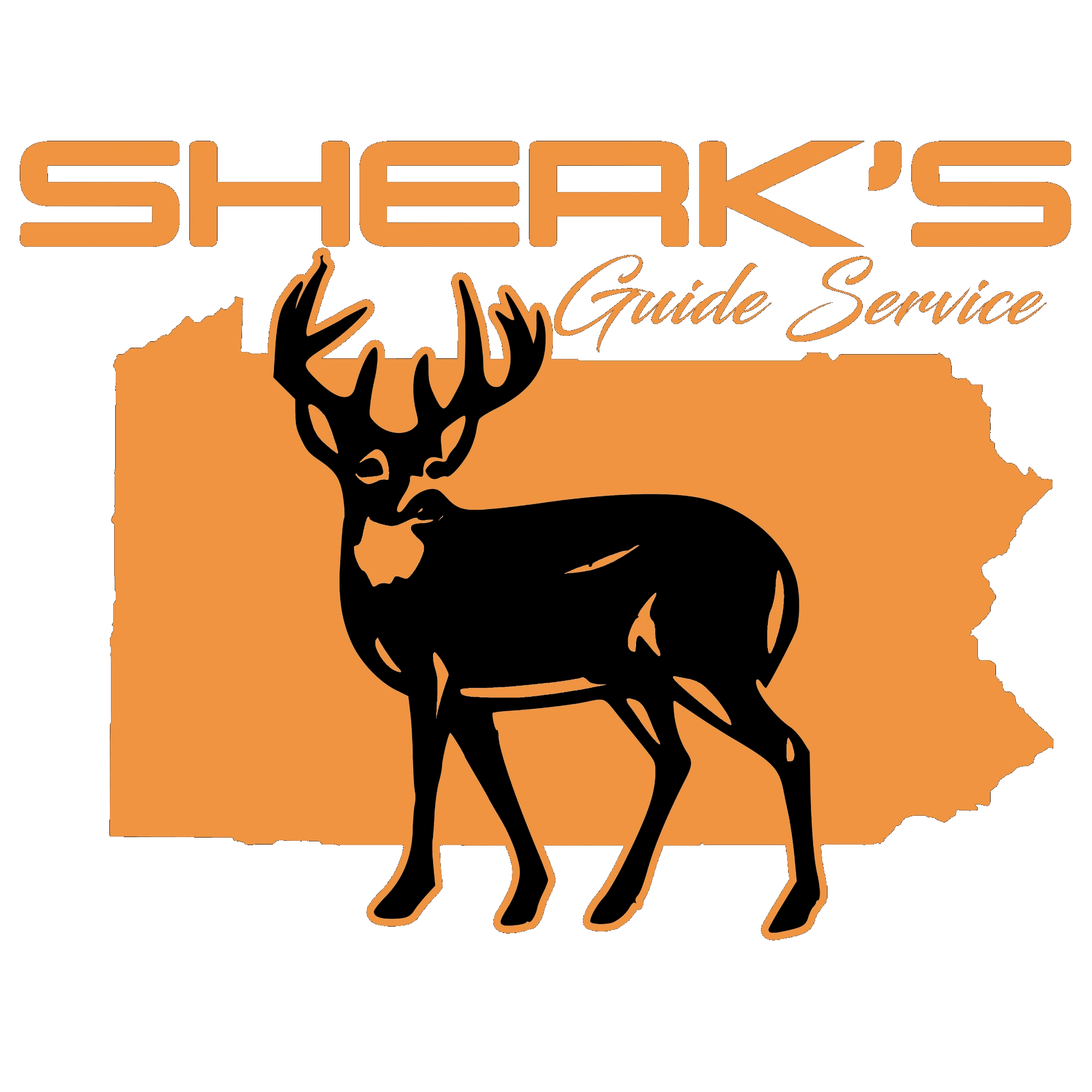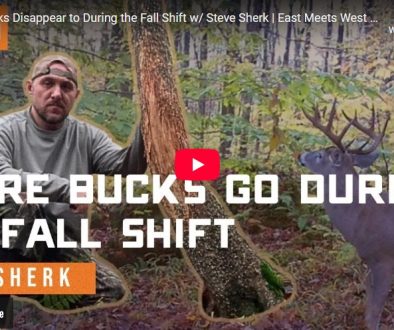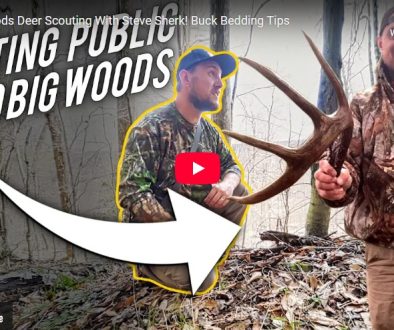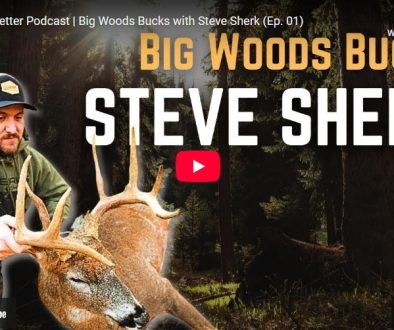We’re excited to highlight Steve Sherk’s guest appearance in “The Science of Trail Camera Data in the Big Woods”. In this episode, Steve digs deep into how he uses trail-cam data—over years and across massive acreage—to make smarter decisions in the field.
🎯 What Steve Covers in This Video
Some of the standout insights Steve shares:
- 200 Cameras & Decades of Data — Steve describes managing and analyzing data from nearly 200 trail cameras to identify patterns and validate hypotheses about deer movement. YouTube
- From Data to Decision Making — It’s not just about pictures; he talks about turning cam data into actionable intel (where to hunt, when to shift, which stands to place).
- Trend Recognition Over Flashy Pics — Steve emphasizes the value in recurring patterns rather than chasing the latest “hot cam” photo.
- Big Woods Constraints & Innovation — He discusses the unique challenges of covering large public land tracts with little sign, pressure dynamics, terrain variability, and how data helps compensate.
Why This Episode Is Worth Spotlighting
- Shows Steve’s methodical edge — Not guesswork, but a thoughtful, data-centric process.
- Empowers other hunters — This isn’t just for guides. The principles he shares are applicable for any serious deer hunter trying to level up.
- Fresh content to drive interest — Featuring a video post helps show Steve is active and constantly refining his craft.
Key Takeaways You Can Use
- Don’t trust a single camera. Use clusters around bedding, ridges, or travel corridors to catch multiple vectors.
- Look for consistency. A deer showing up in the same corridor or basin across years tells you more than a random October picture.
- Data informs patience. Avoid overreacting to “dry” weeks—patterns often lag.
- Use cam data to reduce pressure. Let the data guide your access routes and stand placement, not the other way around.
How to Apply This to Your Hunt
| Focus | Action to Take |
|---|---|
| Camera layout | Cluster units within ~100–200 yards of bedding zones |
| Data review | Track which cams follow consistent deer traffic over months |
| Stand selection | Use cam-informed corridors rather than flashy sign lines |
| Access planning | Choose your routes based on deer movement, not shortest path |
Final Thoughts & Call to Action
Steve’s systems and processes are more than theory—they come from boots-on-the-ground experiments across massive PA terrain. If you want help applying these principles in your area, whether for public land or private, Sherk’s Guide Service can help you design a trail-cam system and translate it into a successful hunt.
👉 Contact us to learn how to build smarter, not harder, and turn your cameras into maps, not hopes.




